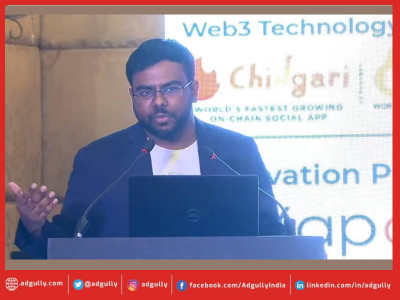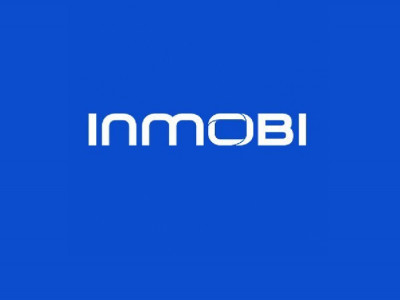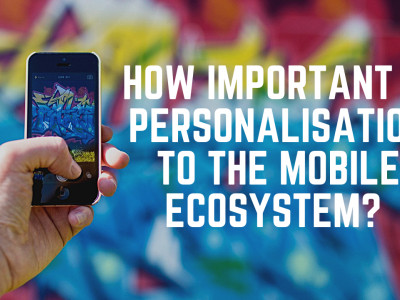Mobile Payments Pivotal to Growth in Digital Payments
Mobile Payments are perhaps the most discussed topic in consumer forums as well as digital discussions. Digital payments did not gain desired momentum in India till the time mobile payments came into vogue and made life much easier for consumers as well as for the sellers of products & services. As per eMarketer, India is the world’s fastest-growing ‘proximity mobile payment’ market, globally. A recently released report of eMarketer points out that this year, 73.9 million people in India will use mobile payments – an increase of 39.7% over the previous year.
Euromonitor, meanwhile points out that proportion of cash transactions has come down from 78% in 2015 to 68% in 2017 in total consumer spending in India.
In yet another recent report, Credit Suisse (Credit Suisse Equity Research, “The WhatsApp Moment in Payments”, 2018) has estimated that digital payments in India would reach $1 trillion in FY23. Of this, mobile payments would account for $190 billion, A big jump from $10 billion estimated for 2018.
Intrigued by these figures, we spoke to Upasana Taku, Co-Founder and Director, MobiKwik and Praveen Bhatt, Head - Digital Banking & Customer Experience, Axis Bank.
Excerpts of the interviews:
Upasana Taku, Co-Founder and Director, MobiKwik
How have mobile payments changed the online shopping industry?
In past few years, online shopping industry has grown multi-fold because of increased internet and smartphone penetration in the country. Consumers’ way of shopping has changed from only visiting a physical store for purchases, to making a lot of buying decisions online.
Also, over the last couple of years, we have witnessed rapid adoption of mobile devices and proliferation of ecommerce space, these have accelerated the growth of digital payments. The modern payment methods like mobile payments have largely influenced consumer behaviour. They have provided the much-needed convenience to the user who can now make payments at the click of a button, on the online portals. Additionally, consumers are getting used to frictionless checkout experiences combined with the same level of security across all devices as exists today with other more established payment forms. Additionally, payment companies run exciting promotions in association with brands, that ensure a higher cost advantage for the consumers.
The market is expected to grow exponentially in the times to come. The mobile payments market in India is expected to expand to $1 trillion by 2023, according to a Credit Suisse report.
What are the segments that benefit from mobile payments?
Mobile payments are no longer limited to online shopping. They have ventured into numerous verticals and are touching millions of lives every day. MobiKwik has a network of over 3 million merchants, including a host of offline merchants, that accept payments via MobiKwik wallet. We started out as a platform to offer bill payments and recharges and that continues to be a key use case across our user base. Today, the customer is using our mobile wallets for their travel bookings, offline payments across retail stores, schools, hospitals etc., on online food delivery apps as well as for instant money transfers.
Is mobile a safer payment option than desktop?
Yes, mobile payment is a safer mode of online payment. However, it is important to follow certain rules and guidelines like not sharing your login id and passwords with anyone, protect your OTPs and not link your wallet to irrelevant apps. It is also suggested to log out of the wallets, post use.
Also, mobile wallets and new age fintech companies have much higher focus on security. Human interventions are kept at bare minimum and Artificial Intelligence (AI) is one area which is actively focussed on. There is constant monitoring and focus to eliminate or minimise transaction vulnerabilities. Apart from creating tech firewalls, a strong second rung of cybersecurity controls is involved for safeguarding online payments.
With mobile wallets, the entire bank account or credit limit of the account is not exposed. It is only the amount of money that is there in the wallet that is available, hence, minimizing losses, in case the security of the wallet is compromised.
Praveen Bhatt, Head - Digital Banking & Customer Experience, Axis Bank.
Is mobile a safer payment option than desktop?
Mobile and internet banking are the safe and convenient mode of online banking. A customer can choose to transact using any platform that is convenient to them. At Axis Bank, we have seen significant growth in the Internet (desktop) as well as Mobile banking. We ensure that customers have safe and secure banking hence we have divided it in four different levels
- During onboarding specifically for mobiles, we bind the app to the device by automatically verifying the mobile number registered with us at the time of account opening.
- Further specifically for mobiles we check if the device is rooted / jail broken. We highlight the risk to customers and further also ensure that transaction limits are suitably reduced for such devices
For desk top banking we are able to check if the login is through different machines. Customers are expected to answer a series of questions at the start. One of these questions is then presented randomly if the login is through a device other than the one that is normally used. There are transaction limits for each category of online banking which the user can configure.
- We have a big and well-equipped Information security department. Every customer release has to compulsorily go through an exhaustive round of independent testing by the IS team to check for any vulnerabilities and potential malware attacks.
- In addition, we have the MPIN to log in. For adding beneficiaries during a funds transfer, customers’ get an 8 digit verification code
Are mobile payments seeing a bigger growth than desktop ones?
At Axis we are seeing significant growth rates for both Internet (desktop) and Mobile banking. But the growth rate for Mobile transactions in terms of value and volume has been much more. Our mobile transactions have seen a 50% YOY growth rate in terms of volume and in value terms it is even higher at 85%. We have now more usage on the mobile banking platform. In the retail business 74% of our transactions are digital.
How are players leveraging the mobile platform as for payments?
Reasons for the surge in mobile transactions have been multi-fold. The big learning for us at Axis has been that if you listen to customers on what they want and offer that they keep coming back. Feedback has to be taken seriously and diligently for repeat usage. We have seen that just taking feedback seriously has translated into an all-time high for our play store ratings. We have hastened the speed of our feature releases and if customers keep discovering newer things they keep coming back. For example, our mobile banking app has moved much beyond from just offering balances to multiple service and transactional features. E.g. you can transfer funds using IMPS NEFT or UPI, one can order cheque books, update your address, get your re-KYC done, pay your bills, get pre-approved loan offers, get your interest certificate, check your loyalty/reward points or even redeem those points, track and analyse your credit card spends etc. In a time starved world, the app is much like a bank in your hands. As customers start logging and getting more comfortable, we are seeing the time spent on the mobile app too is increasing.


















Share
Facebook
YouTube
Tweet
Twitter
LinkedIn